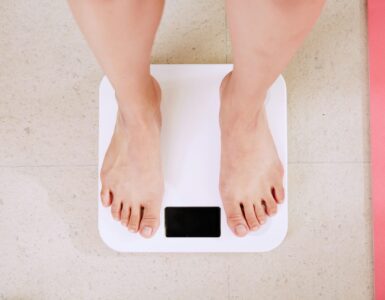As society becomes more connected, so do its members. The demands of family, work and the ever present need to stay connected via social media or other electronic device make it difficult to wind down. Many individuals find themselves struggling with anxiety, insomnia, depression or general aches and pains simply because of speed of life. Unplugging with yoga can provide a brief respite to the demands of life.
Yoga helps people develop the internal coping mechanisms by providing a short, daily respite of exercise, breathing and quiet meditation. By regularly practicing yoga, people find they can regulate their breathing to quell anxiety and release muscle tension. Yoga delivers revitalizing oxygen to the brain and body while increasing an overall sense of well-being. This time-tested mind-body practice decreases both blood pressure and stress levels, while increasing flexibility and cardiovascular health.
Yoga Elements
Yoga has two main components. The first focuses on postures or poses. Poses are specific movements, which tend to be slow and deliberate. These movements are designed to improve balance, strength and flexibility. Poses range simple sitting or standing poses to complex movements that require intense concentration. Even the more difficult poses bring a sense of well-being as people move through them.
The second component of yoga involves breathing. Breath is considered vital energy in yoga, so the focus is on keeping breath slow and controlled. Controlling breath allows the mind to become quiet. As the mind disengages from the demands of life and focuses on the act of breathing, it quiets itself naturally.
Aside from its obvious stress reduction benefits, yoga increases overall fitness. Individuals with weight issues, high blood pressure, arthritis, depression or other health issues can perform basic yoga postures and breathing techniques. As the body becomes stronger, the fitness level increases. Conditions like anxiety, heart disease and high blood pressure respond particularly well to yoga.
Types of Yoga – Unplugging with Yoga
There is a yoga practice to appeal to nearly everyone.
Hot Yoga/Birkam – Practiced in an artificially heated room, the 26 poses that comprise the practice are done in the same order each time. This practice is physically demanding and requires overall cardiovascular health.
Ashtanga – Using vigorous moves that are linked to breathing, the practice performs every pose in the same order each time and is also physically demanding.
Iyengar – This practice focuses on body alignment and uses props such as straps and bricks to help keep the body properly positioned throughout the pose, which can be both physically and mentally challenging.
Hatha – This practice encompasses the “typical” yoga that most think of. It is performed at a slow pace and focuses on easy movements and controlling breath. Excellent for beginners, it teaches all the basic poses and provides flexibility.
Restorative – The least physically demanding of the practices, restorative is a passive practice which uses props and pillows to place the body in passive poses, which allows the mind to shut down.
The best relaxation part of yoga. It’s impossible to text while holding a pose.



